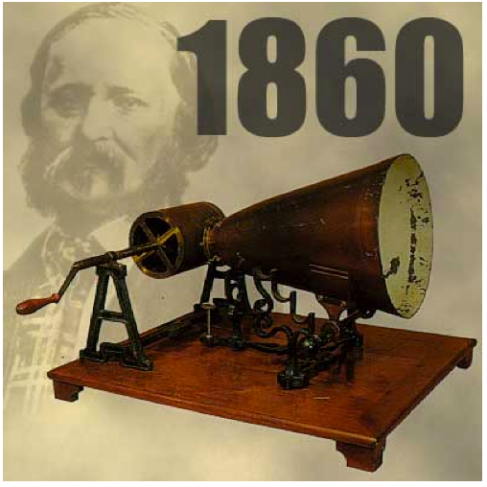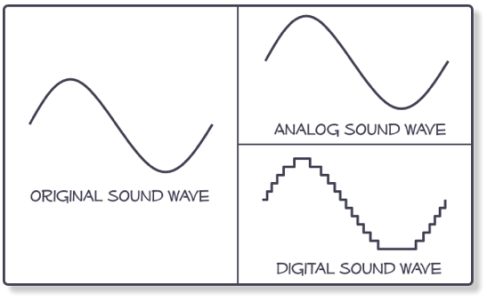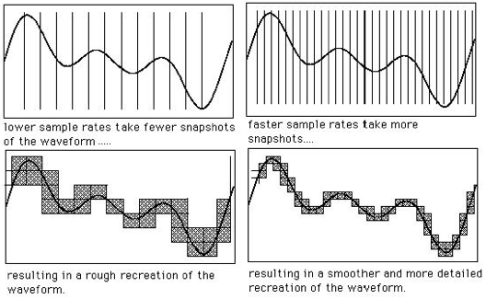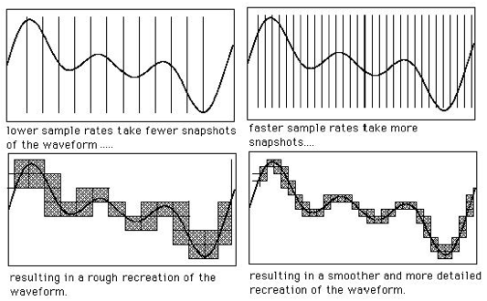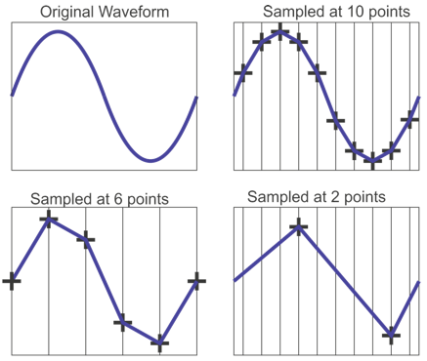History of Multimedia on the web
The name Multimedia is quite self explanatory. When broken down, the first part of the word multi means many and media is the collective that can relate to a whole host of creative mediums such as Music, Art and Sciences. In more recent times Multimedia is often used as an adjective to describe devices that support such things as photo’s, music and video playback in an effort to convey the many things that this wonderful new product is capable of.
However I think it’s fair to say that the popularity of the internet in the past 20 years has presented itself as a host for all the pre existing mediums as most Art and Music can easily be represented on a screen. Yet with this said it has actually brought it’s own form of media. One such form of media which is going through an evolution is that of journalism and writing in general. Blogs and social networks seemed to have swallowed that of the physical variety and both those forms exist solely online.
Photographers and movie makers have also had to adapt the principals of their profession to either harness or combat the power of the web. Photographers have seemed to faired better than the former as we see peer to peer sharing has become the casual norm of seeing the latest movie or buying a DVD.
When we look to the beginnings of the popularity of Multimedia on the web we have to take ourselves back to the mid 1990’s when internet connection speeds were at a snails pace in most places and server bandwidth was in small capacities. This resulted in very basic web designs and anything you saw moving would usually be animated gifs. Pictures were as exciting as it got when it came to media online. With dial up however it would take quite some time to fully download what would now be considered a small file in able to be viewed. Web standard technologies were in their infancy at the time so it was near impossible to substitute CSS for images because things like rounded corners ( to make circles or rounded rectangle buttons ) were not a part of CSS styling back then. If a designer wanted his website to look a certain way of have a particular trend, then custom elements on a page would have to be images. This resulted in the images on a web page being loaded after the content. In hindsight it was a horrible user experience but at the time there was nothing else to compare it to. This wasn’t a big deal though as with most new technology most people are skeptical and slow to adopt it and as a result there wasn’t many websites as there just wasn’t any demand as of yet.
Over time the web of course became more powerful and internet speeds quicker and pictures it seemed was the first form of media that had people buying desktop pc’s and browsing the web. It brought with it the first signs of overthrowing real world counter parts. By being able to take pictures and upload them to a website soon meant that people could meet other people online instead of going out to a bar or if they wanted to sell an old TV then all they had to do was put up a picture and add a contact number and that was that, no middle man needed unlike the pawn shops.
As the internet grew stronger and faster, so did it’s adoption rate. By the time music sharing became popular most young people or young families would have a household pc. Many websites at this stage were being built in Flash so for the first time people were witnessing a true Multimedia experience as Flash websites tended to be more extravagant than the HTML versions. With Flash you could easily incorporate music, manipulate images and even have varies effects on the cursor. These kind of websites stood up to the name Flash, because that’s what they were, flashy. It was an important moment in modern web history as people saw what websites could be capable of. It wasnt too long before developers used Flash in a way that would open up an entirely new sub-genre to the masses and that was online games within the browser. Flash games in comparison to other gaming platforms such as Playstation and native PC were basic but could be done by a handful of people in a very short space of time where as the other much larger platforms would take much much longer. This area was lucrative too, nowadays Flash games take in ——– in revenue.
Not too long after in 2004? video began to make it noticeable impact in the way people consumed and browsed the internet. While it was
Future of Multimedia on the web
It’s very difficult to predict the how multimedia will be used on the web too far down the line as we also have to think about how the web is going to evolve as a host in the coming years. In the past 10 years we have seen the rise of the post PC era where smart phones and tablets have began to slowly take over and also we have seen a shift in the way Multimedia is portrayed to facilitate these devices. With smartphones we have seen a resurgence and emphasis on pictures as mobile apps such as Instagram and Twitter encourage people to share what’s around them.
It does seem clear however that we are slowly reducing the size of these devices and need for manual setup and labour. Everything is becoming more streamlined and instant. Everything is connected now. Google have taken a leap with their latest beta project, Google Glass. The glasses project is an attempt it would seem to bridge the gap between having to carry a device to actually having the technology almost embedded on you. Many old films and predictions from the 70’s and 80’s conjured images of people being able to control things with their minds or by just talking and something is listening to your commands. Even in Minority report where you can use gestures and entire body to control what you want to consume and see. It’s an attempt to make the body the device. In a way to yet again cut out the middle man. Even if the need for bodily interactions is nesscesary then to it should be designed in such a way that it really takes advantage of all the different manipulation techniques that we are able to carry out as humans. Ex-Apple User Interface designer Bret Victor has written about this in detail at http://worrydream.com/ABriefRantOnTheFutureOfInteractionDesign/
If future technologies take advantage of this then it doesnt mean that the internet is going to go anywhere it just means the landscape for Multimedia on the web will look very different to what it is now. Pictures might have a whole new dimension, users may be able to peel pictures back with a peel like gesture. This in turn could breed a whole new wave of photography and set new principals of interface design akin to how the iPhone changed the standard for mobile design. By simply looking past the current standards of interaction and adapting to new undiscovered methods I think will breed the next age of Multimedia on the web.

